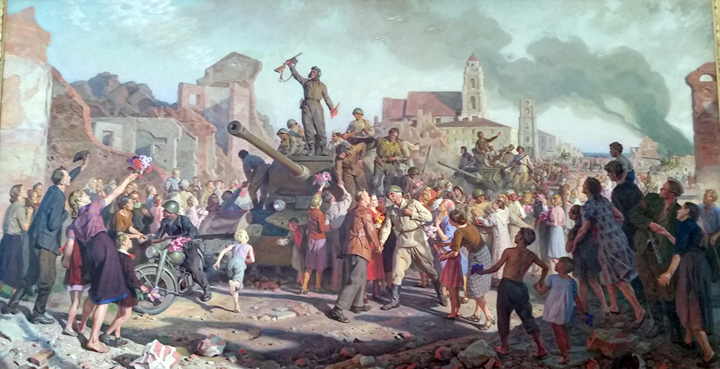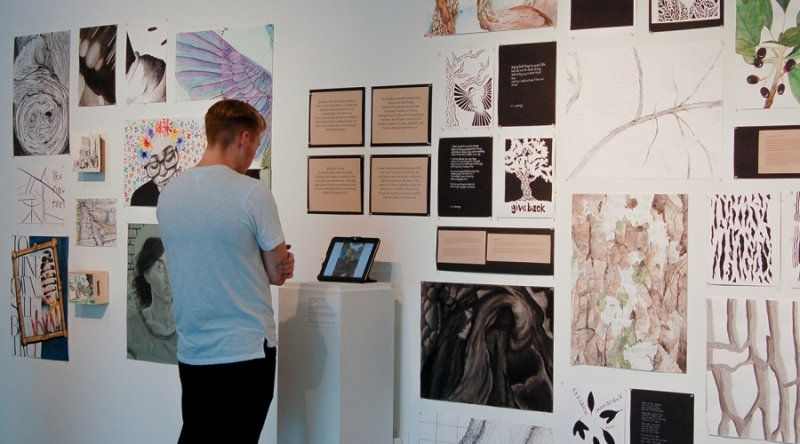Art
Under the influence of Byzantine art, Belarus saw the emergence of painting in the eleventh and twelfth centuries. There aren't many pieces from that era now standing, but fresco paintings like those in the Polotsk Sofia Cathedral have survived. In Belarus, a school of fresco painting was established in the sixteenth century. The paintings of Poland and Western Europe were stylistically similar to works from the sixteenth to eighteenth centuries; portraiture was popular. Early in the 20th century, "The Vitebsk School" was crucial in shaping Belarusian national art. Marc Chagall, who was born close to Vitebsk, was the member of the school with the most international recognition. He left his own country in 1922 and later resided in France, Mexico, and the US.
His works frequently feature scenes from Vitebsk, where he was born, and Jewish life in a Belarusian town. After the October Revolution of 1917, he placed a focus on home and historical issues. Artists began concentrating on battle scenes in the 1940s, notably those from the Great Patriotic War. In the 1980s and 1990s, Belarusian art adopted western styles, tackled intellectual and philosophical subjects, and relied on metaphors and symbolic meanings. The decorative and applied arts have had a revival since the 1980s. Popular items include ceramics, glass, batik, and, notably, tapestry. Folk art is also becoming more popular, such as straw weaving.












